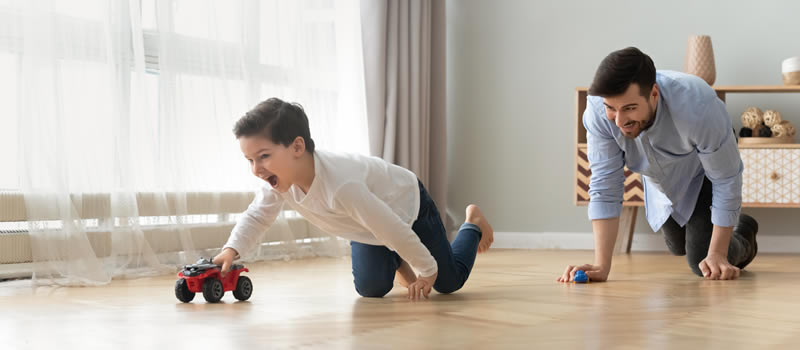What is Behavior?
Behavior is the way in which a person behaves in response to a particular situation or stimulus. It is their actions, reactions and the way a person functions in response to everyday environments and situations. Just the same, children’s behavior is a response to everything going on in their environment, family dynamics, school setting, social situations… They react to the actions of people surrounding them as in family, teachers, friends…




